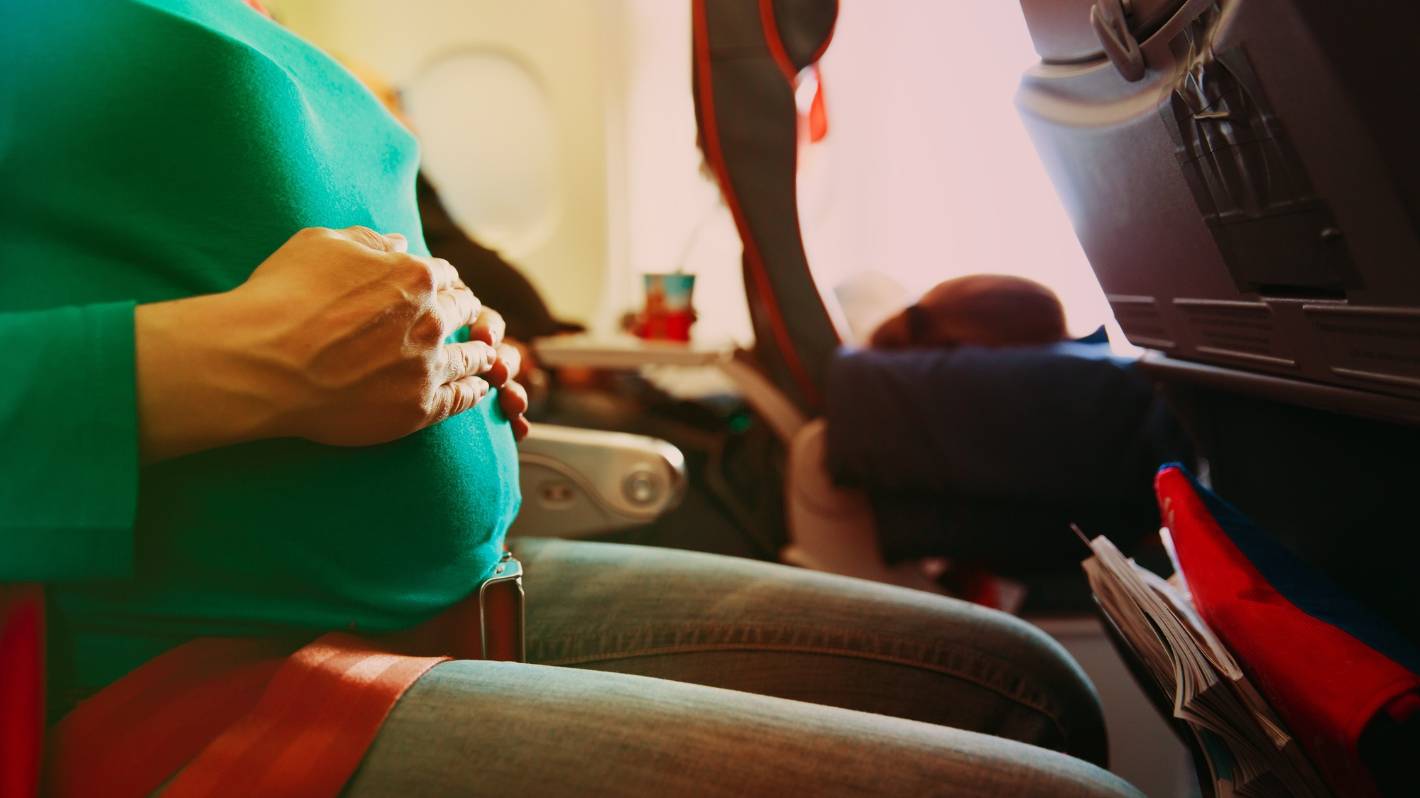Josh Martin is a London-based journalist who writes across business and travel topics.
We were just touching down in London when my pregnant wife reminded me of the pending doom: “And so, we’ve come to the end of our carefree, child-free holidays.”
Given we were arriving back from a holiday of two halves: the coastal cool of Italy’s Ischia and off the beaten track Balkans in Macedonia and Kosovo, I was brought back down to Earth with a thud, both physically and metaphorically.
I envisioned a near-future of in-flight meltdowns over lost crayons, yellow-tinged water in paddling pools, and the frequent question: “What time do you think can we get away with dropping her off at the Kids Club?”
And, of course, the most-likely premonition: parked up at home and not on holiday at all.
Spontaneous weekends away with just a backpack, adults-only resorts, scooter excursions, late-night revelry, overnight buses … all delayed indefinitely, it seems. Or at least made very difficult and not particularly appealing.
But, before arriving at that nappy-filled destination of parenthood (which, I hasten to add, I am looking forward to), there is another short-lived period for us to experience: travelling while pregnant. I say “us” – ever the supportive husband – but I know it’s not really “us”.
Being a carefree DINK (double income, no kids) couple we’ve previously barely thought of the physical and mental slog of travelling with children or with child.
Obviously, given in the modern, globalised world, air travel during pregnancy is both common and largely low-risk in the early stages. Births on flights are still rare enough to make global world news headlines (with subsequent questions raised over what nationality and birthplace the infant is given 36,000ft up in the air).
So what should you expect from airlines when you’re expecting? And at what point should you stop flying altogether?
As with all things pregnancy and parenting, the internet is saturated with advice – contradictory, unsubstantiated and otherwise.
And here I’d like to add a few more gigabytes to the mix. I’ll preface all of this with the proviso that your GP and midwife are the best consultants when discussing all aspects of travel in pregnancy, and it’s no surprise that airlines defer to medical professionals and medical certificates in order to carry pregnant women as their due date nears.
Although general, typically US-based, advice dictates that there is a hard-and-fast cut-off date for flying whilst pregnant beyond 36 weeks, that is not always borne out in airline policy.
As a start, the New Zealand College of Midwives states that air travel in itself is not harmful to mother or foetus – it’s more that a plane seat or aisle isn’t the best place to give birth.
Air New Zealand says a pregnant passenger beyond their 28th week should carry a letter from their doctor or midwife saying they believe she’s fit for travel, confirming the pregnancy dates and that there are no complications.
The New Zealand College of Midwives echoes this advice and rightly suggests it be kept in your hand luggage – especially important if you’re on a code-share with a foreign airline you’re not familiar with.
With that in hand, the airline says expectant mothers can board long-haul flights (over four hours), up to the end of the 36th week.
Flights under four hours, which would include those to eastern Australia or the Pacific Islands, are allowed up to the end of the 40th week. If you’re expecting twins, these cut-off dates are reduced to week 36 and week 32, respectively. Medical clearance forms are on the airline’s website.
Qantas has near-identical rules, but adds that medical clearance is required if you are having any complications with your pregnancy at any time and that after delivery, medical clearance is needed if you’re flying within seven days of your delivery date. And of course, having a medical certificate or clearance form doesn’t necessarily mean anybody will ask for it.
And don’t expect early boarding or a supportive back pillow in your seat; aside from allowing you to fly to your intended destination and preventing you from sitting in an exit row (due to safety protocols), airlines I contacted, such as Air New Zealand, Qantas and Emirates don’t officially offer specific special assistance to pregnant travellers.
In summary, it’s a little bit harder, with some added paperwork, but travelling with a bump should be far easier compared to the far bigger journey ahead.

